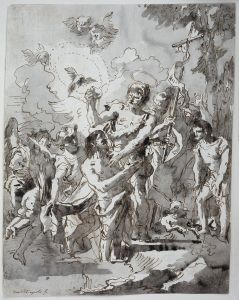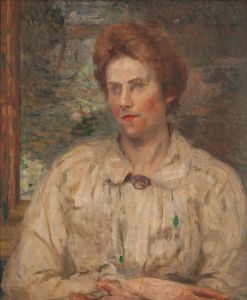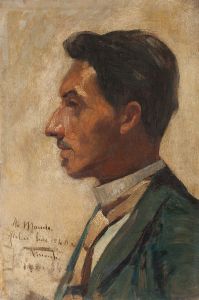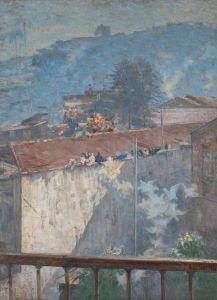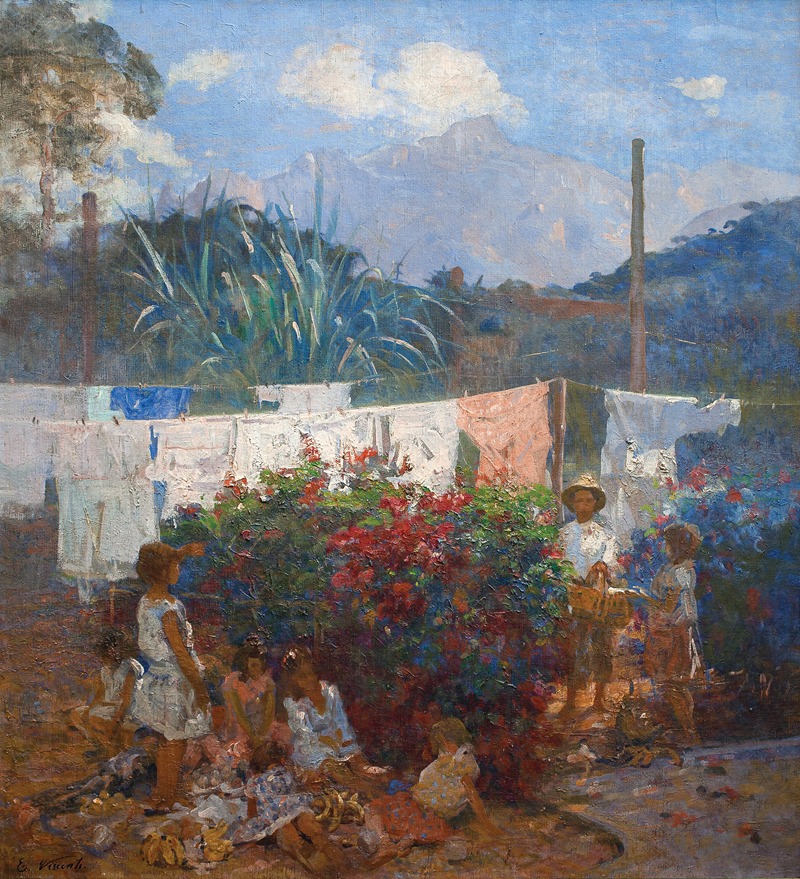
O batismo da boneca
A hand-painted replica of Eliseu Visconti’s masterpiece O batismo da boneca, meticulously crafted by professional artists to capture the true essence of the original. Each piece is created with museum-quality canvas and rare mineral pigments, carefully painted by experienced artists with delicate brushstrokes and rich, layered colors to perfectly recreate the texture of the original artwork. Unlike machine-printed reproductions, this hand-painted version brings the painting to life, infused with the artist’s emotions and skill in every stroke. Whether for personal collection or home decoration, it instantly elevates the artistic atmosphere of any space.
Eliseu Visconti's painting O Batismo da Boneca (The Doll's Baptism) is a notable work by the Brazilian artist, who is widely regarded as one of the pioneers of modern art in Brazil. Painted in 1899, this artwork exemplifies Visconti's skill in combining academic techniques with elements of Impressionism, a style he encountered during his studies in Europe.
The painting depicts a tender and intimate scene of a young girl baptizing her doll, a common childhood ritual that reflects both innocence and the influence of cultural and religious traditions. The composition is characterized by its soft lighting, delicate brushwork, and a harmonious color palette, which contribute to the overall sense of warmth and nostalgia. The setting appears to be a domestic interior, with carefully rendered details that enhance the realism of the scene.
Eliseu Visconti created this painting during a period when he was exploring themes of everyday life and childhood, often portraying moments of simplicity and emotional resonance. His ability to capture such scenes with sensitivity and technical precision earned him recognition as one of Brazil's most important artists of his time.
The painting is currently housed in the Museu Nacional de Belas Artes (National Museum of Fine Arts) in Rio de Janeiro, Brazil, where it remains an important part of the museum's collection. It continues to be celebrated for its artistic merit and its reflection of Brazilian culture at the turn of the 20th century.
No further detailed historical context or specific interpretations of the painting are widely documented.







